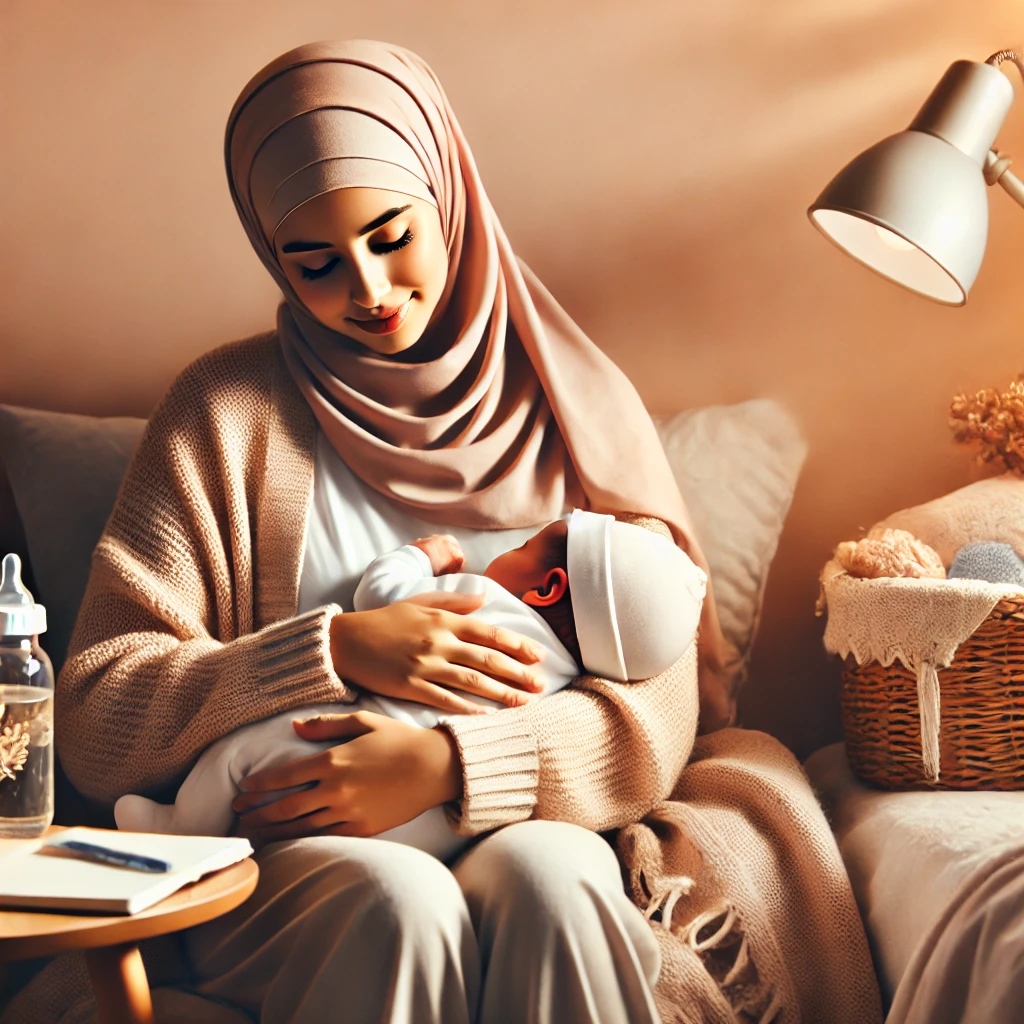Introduction
Ensuring Safe Sleep for Babies is one of the most critical priorities for parents and caregivers striving to create a secure and nurturing environment. When infants experience calm, uninterrupted rest, they thrive physically, emotionally, and cognitively, establishing a strong foundation for healthy development in their early years.
However, achieving safe sleep extends beyond proper positioning and bedding choices. It also involves optimizing the entire sleep environment, maintaining consistent daily routines, and understanding key risk factors associated with infant sleep.
Crucially, pediatric research highlights a significant decline in sleep-related incidents when families adhere to scientifically validated recommendations. By understanding and implementing these guidelines—such as maintaining a back-sleeping routine, regulating temperature, and ensuring a smoke-free environment—caregivers can strengthen their baby’s nighttime safety.
Moreover, with consistent application of these practical measures, the risk of Sudden Infant Death Syndrome (SIDS) and other sleep hazards decreases significantly.
In this article, we will explore 10 Remarkable Methods for Safe Sleep for Babies. Specifically, we will delve into best practices that ensure both comfort and security.
Furthermore, each method includes actionable steps, real-world references, and structured explanations. As a result, caregivers and healthcare professionals will be well-equipped to confidently create a nurturing sleep environment for infants.
Method 1: Understanding the Fundamentals of Safe Sleep for Babies

A sound knowledge base is the first step toward ensuring Safe Sleep for Babies. Before diving into any specific techniques, it helps to recognize why these measures matter. Scientific findings have repeatedly demonstrated that the right sleeping position and environment reduce potential dangers.
According to the American Academy of Pediatrics, consistent practices like placing infants on their backs, selecting a firm mattress, and eliminating soft bedding make a verifiable difference in lowering risks.
Caregivers may wonder why infants cannot sleep in whatever position seems most comfortable. The answer lies in infant anatomy and developmental stages. Babies have delicate airways that can become compromised more easily than older children or adults. Also, their ability to regulate body temperature and movement is still developing, leading experts to suggest controlled sleep conditions.
Key Terms to Know:
SIDS (Sudden Infant Death Syndrome):
An unexplained, sudden death of a healthy infant, usually during sleep.
Overheating:
An unsafe rise in an infant’s body temperature, which some studies link with higher SIDS risk.
Firm Mattress:
A solid, supportive mattress that prevents an infant’s head from sinking too deeply into the surface.
A breathable and firm mattress is essential for Safe Sleep for Babies. The Newton Baby Crib Mattress provides 100% breathability, reducing suffocation risks and keeping your baby comfortable all night.
In light of these terms, grasping the core principles behind Safe Sleep for Babies streamlines the decision-making process for parents, establishing a firm foundation for subsequent methods.
Method 2: Emphasizing the Back-to-Sleep Position
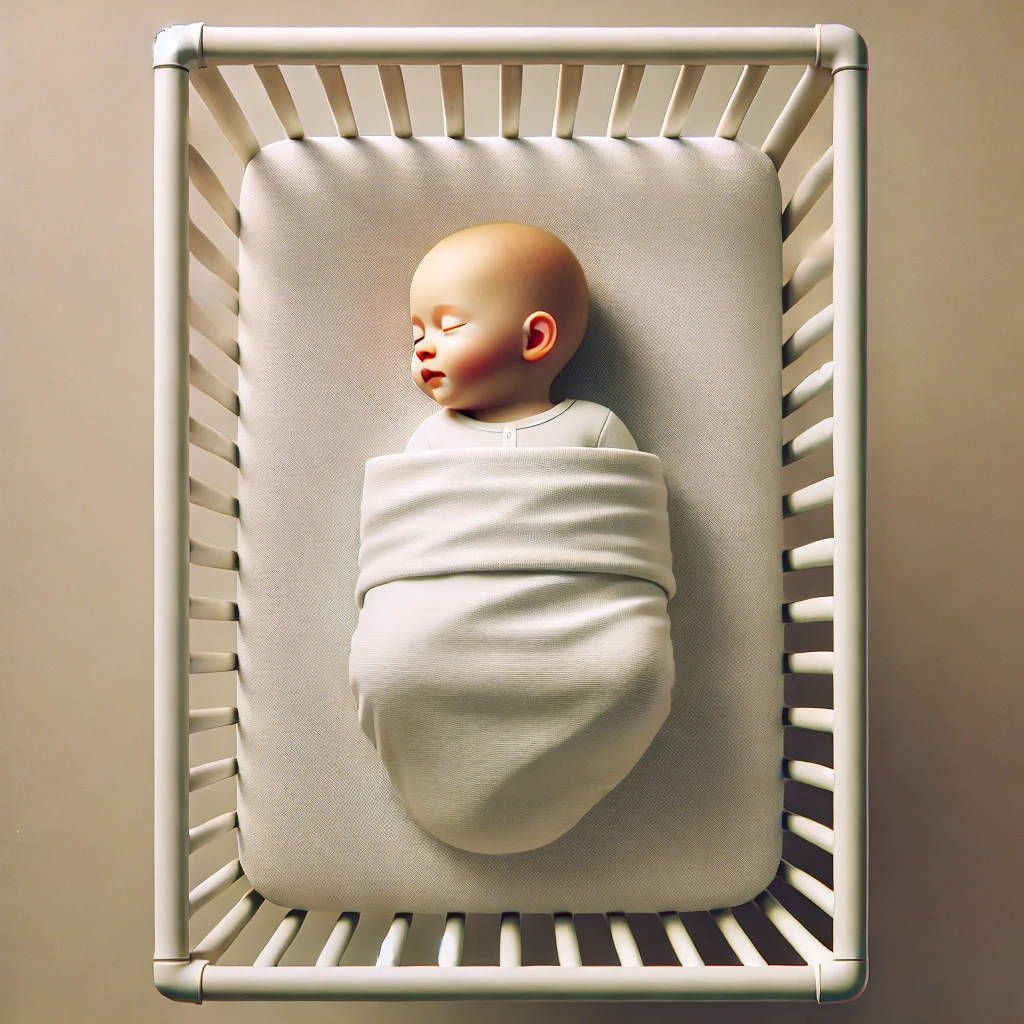
Placing infants on their backs during naps and nighttime remains a cornerstone of Safe Sleep for Babies. When babies sleep on their stomachs or sides, their faces might press against soft surfaces or bedding, posing the risk of restricted airflow. Back sleeping ensures their airway stays clear, helping regulate breathing.
Contrary to certain misconceptions, sleeping on the back does not necessarily heighten choking risks. Healthy infants generally possess reflexes that help protect their airways. If an infant can independently roll from back to front, parents should still begin every sleep session with the infant on their back. Once they flip onto their stomach independently, they can usually be allowed to remain in their preferred position.
Primary Advantages of Back Sleeping:
🔹 Open Air Passages:
Keeps an infant’s nose and mouth unobstructed, facilitating consistent breathing. 🌬️
🔹 Reduced Overheating Risk:
Improves heat dissipation from around the head and face, mitigating dangerous temperature surges. 🌡️❄️
🔹 Proven Track Record:
Supported by decades of research linking back sleeping to decreased SIDS cases. 📊✅
From day one, prioritizing back sleeping helps create a consistent habit. This approach, alongside a stable mattress and regulated environment, fulfills the criteria for Safe Sleep for Babies by curbing potential hazards that arise from alternative sleep positions.
Method 3: Creating a Clutter-Free Sleep Environment
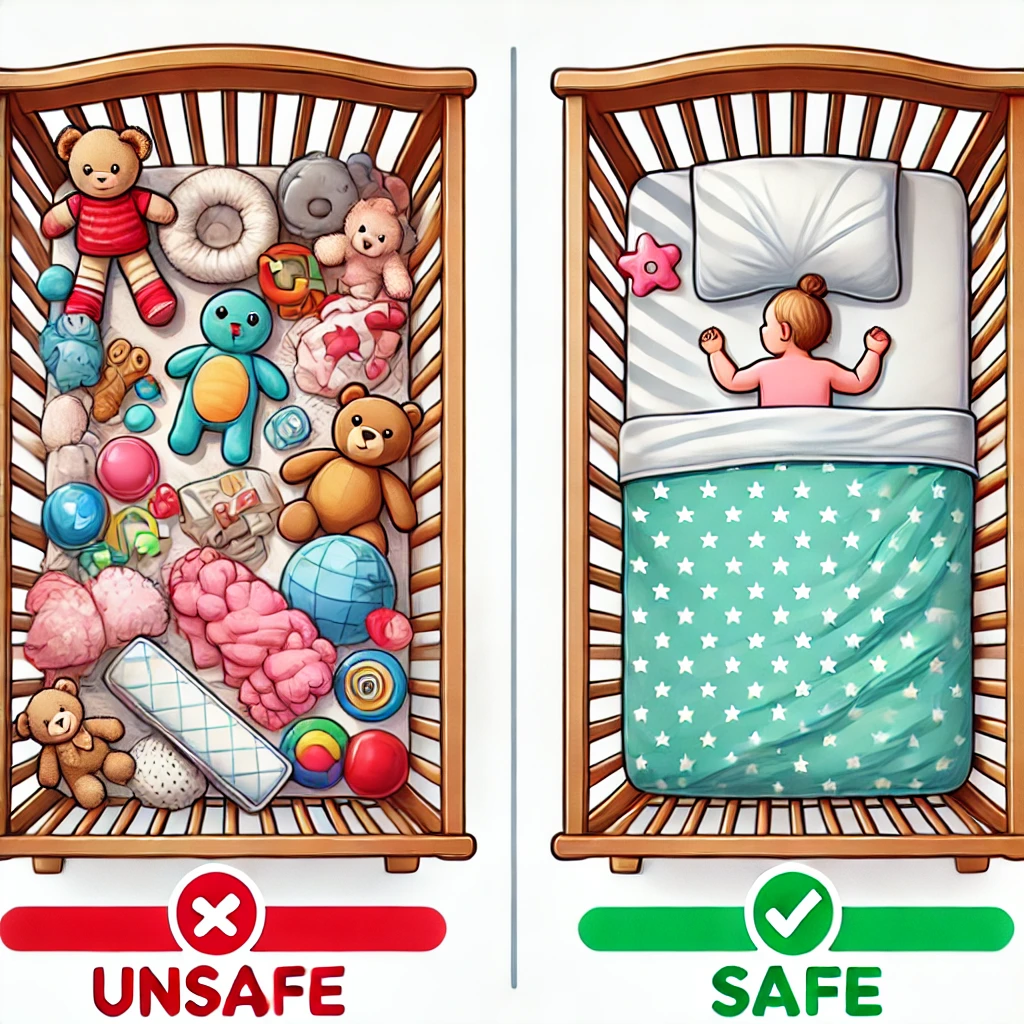
A baby’s sleep environment serves as a sanctuary during the earliest stages of life. For Safe Sleep for Babies, experts advise keeping the crib, bassinet, or portable play yard free of unnecessary items. Stuffed animals, plush blankets, and decorative pillows might look charming, but these objects can pose suffocation risks or increase overheating.
Essential Components of a Safe Sleep Setting:
🛏️ Bare Crib:
Use only a firm mattress and fitted sheet—avoid bumper pads or extra linens. 🚫🎀
🔹 Appropriate Mattress:
Firmness is key, reducing the likelihood of a baby’s face becoming trapped in soft material. ✅💤
🌬️ Proper Ventilation:
Check that the crib’s design allows for enough airflow around the baby’s head. 🔄👶
For parents who prefer room-sharing, the HALO BassiNest offers a 360-degree swivel feature, making nighttime care easier while ensuring a safe sleep space.
Certain families may wish to add comfort items like soft toys, yet these are best reserved for supervised playtime instead of sleep. Even items placed at a distance might shift during the night. Staying vigilant about removing superfluous objects not only lowers the risk of suffocation but also aligns with well-researched guidelines that maximize Safe Sleep for Babies.
Method 4: Maintaining Optimal Room Temperature
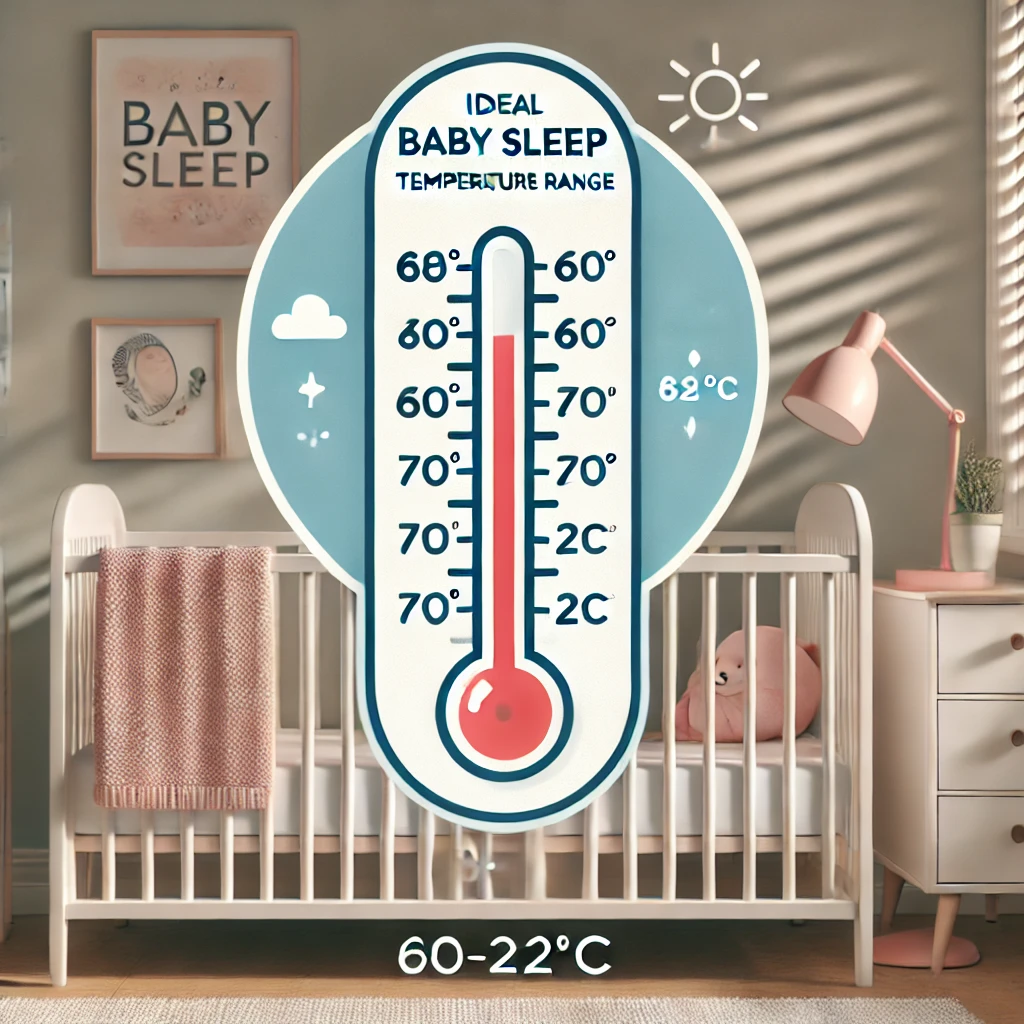
Preventing discomfort and possible overheating is vital for Safe Sleep for Babies. Medical literature often points to a range of 68–72°F (20–22°C) as a general guideline. Nevertheless, local climate, baby’s age, and individual preferences may require slight adjustments.
When an infant becomes too warm, they might exhibit signs such as flushed cheeks, damp hair, and restlessness. Conversely, an overly cool setting might cause fussiness. Striking a balance often involves dressing infants in one additional layer than an adult would wear in the same climate.
Temperature-Control Strategies:
🌡️ Thermostat Check:
Set the thermostat to a moderate level and monitor any sudden fluctuations. 📊❄️
👕 Light Layers:
Use a light cotton onesie or a breathable sleeping bag to regulate heat. 💤🧸
👀 Observe Behavioral Cues:
Watch for sweating or shivering as signals to adjust layers or the environment.
Overheating is a recognized risk factor for SIDS, making temperature regulation essential for Safe Sleep for Babies. By responding to a baby’s cues and adjusting room conditions accordingly, parents can foster a consistent and secure sleep environment. ✅💙
Method 5: Ensuring a Smoke-Free Environment
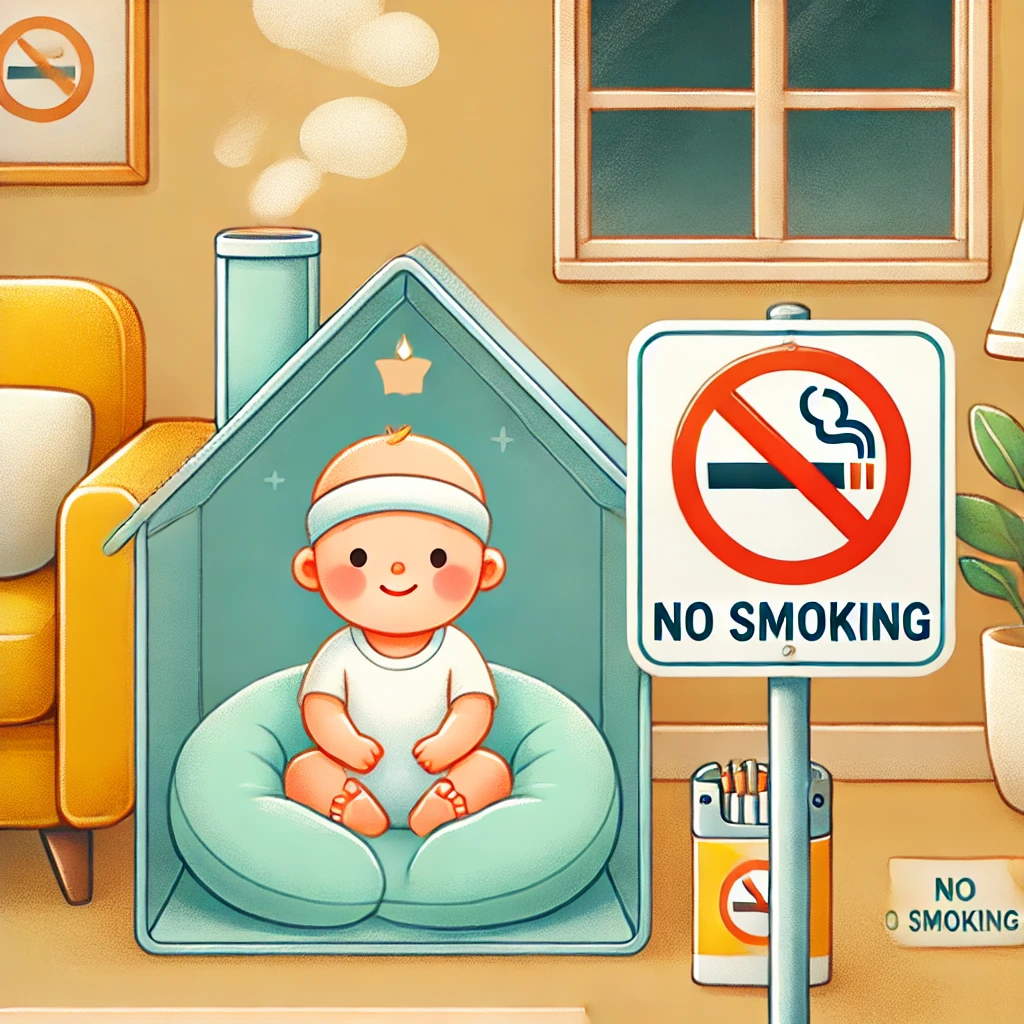
Any discussion of Safe Sleep for Babies must address the importance of a smoke-free environment. Research consistently associates secondhand smoke with respiratory issues, elevated infection risks, and heightened susceptibility to SIDS.
Particles from tobacco and other inhalants can cling to clothes, furniture, and household items—potentially exposing the baby even if the actual act of smoking happens elsewhere.
Smoke-Free Recommendations:🚭 No Indoor Smoking:
Restrict smoking to outdoor areas away from all children. 🚪🌿
🧼 Clean Surfaces:
Regularly wash or wipe down surfaces prone to trapping residual smoke. 🪣✨
👕 Change Clothing:
Garments worn while smoking can carry harmful particles, so switch to fresh attire before holding the baby. 🔄👶
By limiting or eliminating exposure to smoke, families solidify a healthier setting that aligns with the core principles of Safe Sleep for Babies, ultimately supporting respiratory function and general well-being.
Method 6: Selecting the Right Bedding and Sleep Attire
Minimal bedding is a hallmark of Safe Sleep for Babies. Avoid plush blankets, pillows, and other soft materials that could obstruct an infant’s airway. Instead, select a firm crib mattress fitted with a snug sheet. Beyond that, keep the sleeping surface clear.
Attire also matters. Light sleep clothing, such as a onesie or a breathable footed pajama, is preferable over thick layers. Sleep sacks present a practical alternative to loose blankets, enhancing warmth while minimizing entanglement risks.
Method 7: Establishing Consistent Sleep Routines
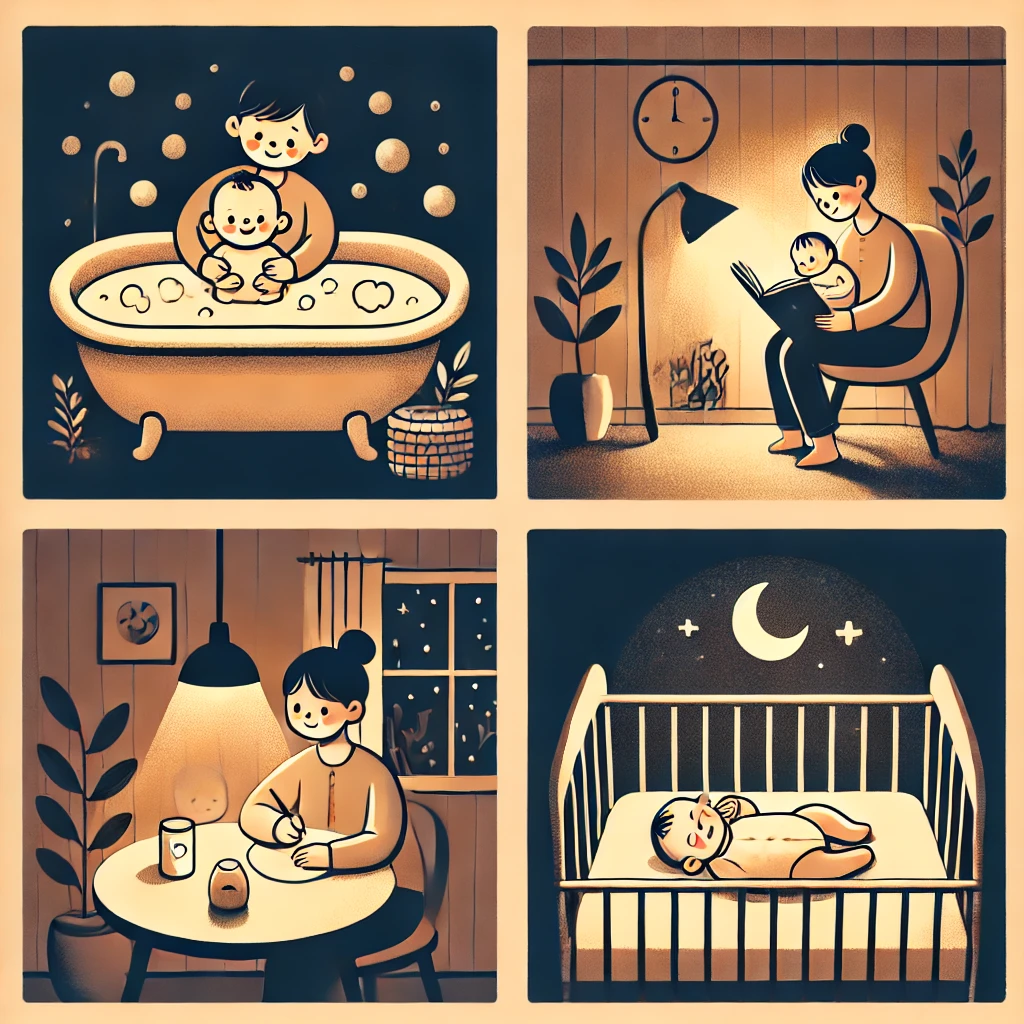
Routine is a key factor in Safe Sleep for Babies. Infants who recognize steady patterns of rest and wake times often adjust more rapidly to quiet periods, reducing nighttime disruptions and fussiness. Routines may incorporate a calming bath, gentle lullabies, or reading a brief story to create a predictable rhythm.
Main Features of an Effective Bedtime Routine:
🌙 Gentle Winding Down:
Dim lights and reduce noise to signal that bedtime is near. 💡🔇
🎵 Soothing Activities:
A quiet moment or soft background sound can calm the infant’s senses. 🤱🎶
⏰ Regular Timing:
Aim for consistent intervals each night to stabilize the baby’s internal clock. 🔄🛏️
As newborns grow, these practices adapt slightly to changing sleep cycles, but the underlying emphasis on predictability remains. Families who dedicate time to fine-tuning these patterns often find that Safe Sleep for Babies naturally aligns with improved rest, ensuring both infants and caregivers enjoy more peaceful nights.
Method 8: Recognizing Red Flags and Warning Signs
While prevention sits at the core of Safe Sleep for Babies, paying attention to subtle indicators can help caregivers address potential issues before they escalate. Infants usually communicate discomfort through frequent crying, changes in sleep duration, or restlessness. By learning to interpret these signals, parents can take timely action—adjusting the room temperature, repositioning the baby, or investigating medical support if needed.
Notable Warning Signs:
😮💨 Labored Breathing:
Strained or rapid breathing may indicate an obstructed airway or an underlying health condition. ⚠️👶
⚠️ Sudden Changes in Behavior:
Drastic shifts in feeding or sleeping patterns might require medical advice. 🩺🔍
💦 Excessive Sweating:
Perspiration, especially around the head and neck, can signify overheating. 🌡️🚨
By tackling these signals swiftly, caregivers reinforce the framework of Safe Sleep for Babies. Prompt interventions reduce prolonged distress, helping infants settle back into stable and restful slumber.
Method 9: Incorporating a Balanced Feeding Approach
Nutrition and Safe Sleep for Babies are closely connected. Adequate feeding, whether through breastfeeding or formula, helps regulate an infant’s sleep patterns. Babies who receive sufficient nourishment are more likely to sleep soundly and comfortably.
Some research indicates that breastfeeding, where feasible, can reduce SIDS risk. Breast milk’s composition supports immune health and digestion. However, the choice between breastfeeding and formula remains personal, based on medical advice and individual circumstances. Regardless of the method, the objective is to keep the infant adequately fed without overfeeding, which might result in discomfort.
Feeding Tips for Better Sleep:
🍼 Burp Regularly:
Eliminates gas pockets that could cause distress. 🤱💨
⏳ Consider the Timing:
Offer a meal shortly before bedtime to encourage an uninterrupted sleep span. 🛏️🌙
👩⚕️ Professional Advice:
Consult pediatricians or lactation experts when challenges arise. 🩺✅
When healthy nutrition aligns with established safety protocols, it promotes a consistent daily rhythm—one of the foundational pillars of Safe Sleep for Babies.
Method 10: Minimizing External Distractions
Often overlooked, the overall ambiance of the baby’s surroundings plays a crucial role in Safe Sleep for Babies. Constant television noise, excessive bright lights, or disruptive household activity can interrupt a baby’s rest and make it harder for them to transition between sleep cycles.
Ways to Reduce Distractions:
💡 Controlled Lighting:
Opt for nightlights or low-watt bulbs to create a soothing environment. 🌙✨
🎶 Calm Soundscapes:
Use soft white noise or gentle lullabies instead of abrupt, loud sounds. 🎵🤱
🕒 Predictable Household Schedule:
If possible, coordinate chores (e.g., vacuuming, dishwashing) when the baby is awake. 🏡✅
Implementing these measures ensures Safe Sleep for Babies by safeguarding sleep quality. Whether a family lives in a bustling urban setting or a quieter rural locale, deliberate management of light and sound patterns leads to deeper, more restorative rest for infants.
Real-Life Statistics and Extra Insights
While the sections above detail fundamental practices, grounding them in factual evidence furthers our commitment to Safe Sleep for Babies. According to the U.S. Centers for Disease Control and Prevention (CDC), the rate of SIDS has declined notably since widespread “Back to Sleep” campaigns in the early 1990s. Over that same period, increased awareness around firm mattresses, smoke-free zones, and minimal bedding also contributed to fewer tragic incidents.
Frequently Asked Questions (FAQ) About Safe Sleep for Babies
In pursuit of higher clarity, these frequently asked questions address common points that caregivers often encounter.
Is it ever okay for a baby to sleep on their stomach?
Medical experts generally advise against it, especially for babies under 1 year old who cannot turn over on their own. Back sleeping is the gold standard for Safe Sleep for Babies.
How many layers should a baby wear at night?
A baby typically requires one layer more than an adult finds comfortable, but always check for overheating signs like sweating or a flushed face.
When can soft items like blankets or toys be introduced to the crib?
Authorities recommend waiting until at least 12 months or following pediatric advice. Even then, thoroughly assess potential risks.
Addressing Common Myths Surrounding Safe Sleep for Babies
Despite abundant research, myths and misconceptions still circulate about Safe Sleep for Babies. These myths sometimes lead parents to adopt unsafe practices or feel unnecessary worry.
Myth 1: Babies sleep better on their stomach.
Reality: While some babies may appear to sleep more soundly on their stomach, this position can increase the risk of SIDS. Comfort must never override safety recommendations.
Myth 2: Crib bumpers add protection and reduce injuries.
Reality: Studies suggest that crib bumpers may cause more harm than good, significantly raising suffocation risks. Sticking to a bare crib is best.
Myth 3: Babies need thick blankets in cooler climates.
Reality: Overly heavy or loose blankets risk smothering. Instead, use safe sleep attire like sleeping bags designed for Safe Sleep for Babies in colder environments.
By addressing these common myths, caregivers can recognize well-founded approaches and rely on expert-endorsed guidance. This clarity reinforces confidence in the steps they take to uphold Safe Sleep for Babies.
Practical Sleep Tracking and Adjustments
Tracking your baby’s sleep duration, wake times, and feeding schedule provides a clearer picture of emerging patterns. Frequent disruptions might suggest an environment that needs tweaking, such as the room being too bright or too noisy.
By regularly noting these details, caregivers can align daily adjustments with the overarching aim of Safe Sleep for Babies. Over time, small refinements often culminate in tangible improvements to an infant’s rest.
Emphasizing the Long-Term Impact of Safe Sleep for Babies
Fostering secure sleeping habits during infancy extends benefits well into childhood. A child familiar with stable and consistent routines is more likely to embrace bedtime, experience fewer nighttime awakenings, and build healthy sleep patterns as they grow. This foundation not only supports physical development but can also influence emotional resilience and cognitive performance.
Long-Term Advantages:
😴 Improved Sleep Hygiene:
Children become accustomed to winding down with minimal fuss. 🌙✅
😊 Steadier Moods:
Well-rested children often display greater emotional regulation. 😌💙
👩👦 Better Parent-Child Bonds:
Reduced nighttime battles foster positive early interactions. 🤱❤️
By preserving Safe Sleep for Babies consistently, families invest in the child’s broader developmental trajectory. These methods are not isolated or temporary measures; they represent a cumulative approach that yields ongoing benefits.
Conclusion: Encouraging Action and Ongoing Awareness
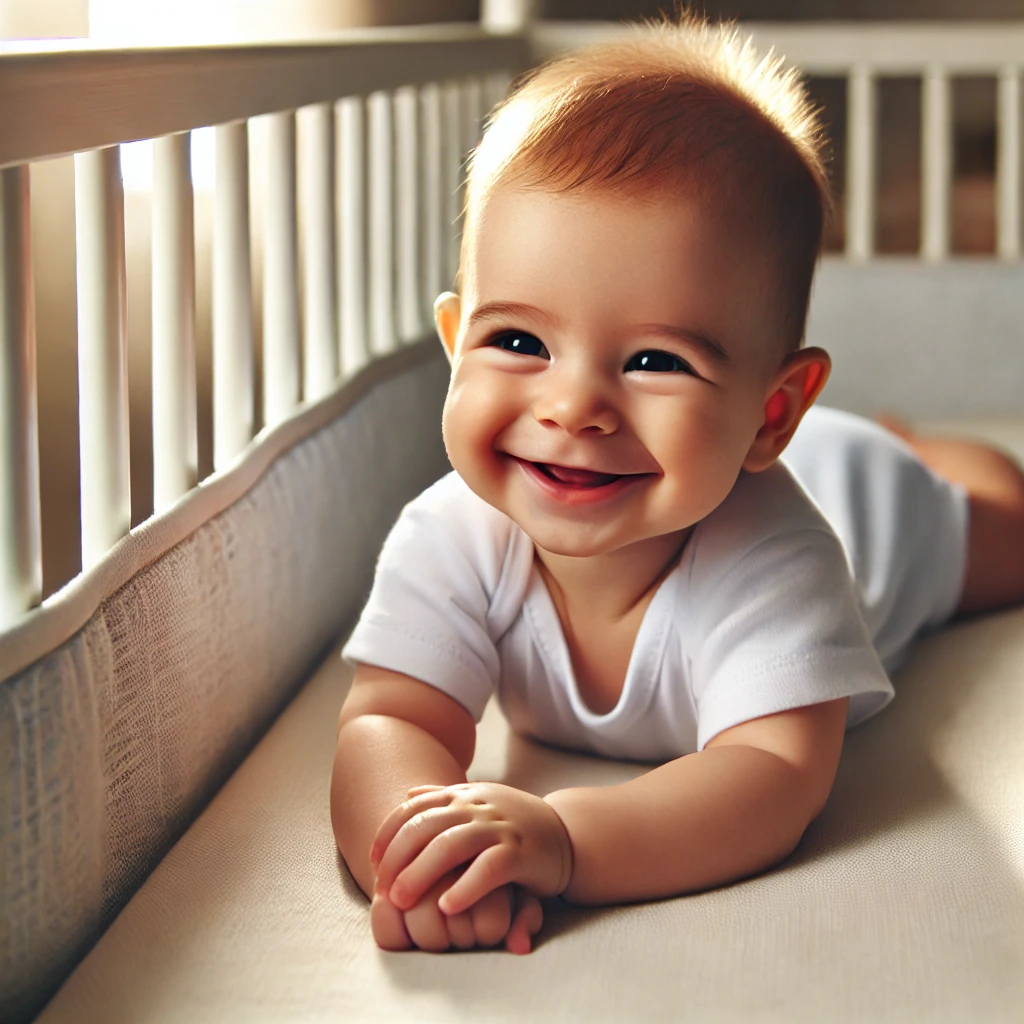
Achieving Safe Sleep for Babies stems from a comprehensive blend of knowledge, vigilance, and steady implementation. From back sleeping to temperature regulation and establishing a clutter-free crib, each method discussed here aligns with recognized pediatric guidelines. Collectively, these 10 remarkable approaches offer a robust framework to minimize risks and ensure infants gain the rejuvenating rest they require for healthy growth.
- Share these tips with fellow parents, caregivers, or community groups to amplify awareness of Safe Sleep for Babies.
- Engage in constructive discussions online, contribute to parenting forums, or check your local health department’s resources.
- Keep refining your approach; safe sleep measures evolve alongside each new developmental milestone, ensuring comfort and well-being at every stage.
Each day families commit to Safe Sleep for Babies represents a valuable step toward a safe, nurturing environment. By acting on the methods detailed in this guide and encouraging others to do the same, you can help mitigate preventable risks, foster healthy sleeping routines, and support the comprehensive development of youngest members in our communities.


